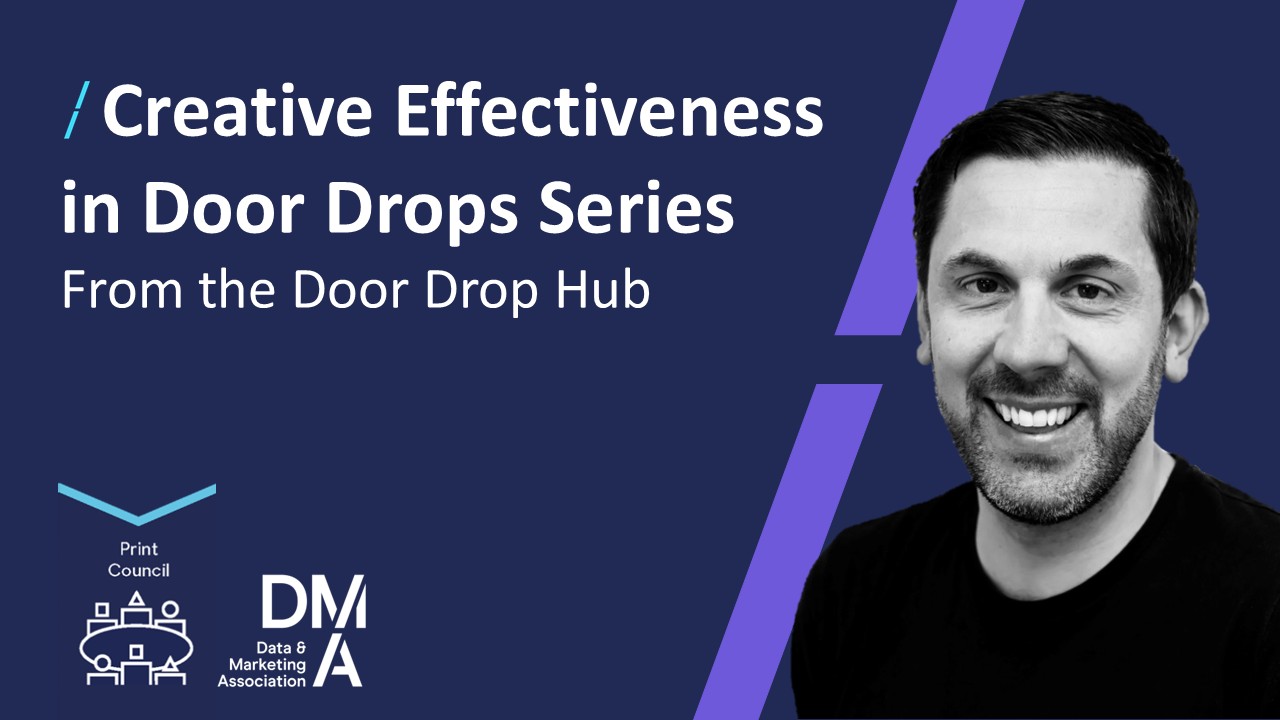The Rise of the Big Data Consumer
25 Jan 2017

The Gartner Tech ‘Hype Cycle’ may not be the first thing that springs to mind on a marketer’s reading list, but it should be.
The most recent Hype Cycle contains a wealth of new and developing technologies that could have a huge impact on the way we communicate with consumers, all of which pose interesting (and at times, ominous) questions about the way brands will inevitably seek to use them.
The one consistent thread running through all of them is, of course, data. Each of these new technologies both harnesses and produces data in increasingly mind-boggling amounts, so much so that ‘Personal Analytics’ is listed as a concept experiencing its first pangs of innovation.
Anyone with a Fit Bit will tell you analysing elements of day to day life is nothing new, but as technology becomes ever more ubiquitous, the amount of data will become burgeoning. It may even get ‘big’.
Traditionally the realm of the enterprise, a consumer with big data is a vastly different proposition. Now able to track their own buying habits (or just ‘habits’), the ownership of insight will transfer to the individual, who will surely want to be rewarded with more than just a 2-4-1 discount code for the right to use it, if they want you to use it at all.
What kind of data would the ‘Big Data Consumer’ have? You only need to look at some of the other technologies listed. Virtual Personal Assistants (VPAs) may be early on in the cycle but the likes of Amazon are already halfway there with ‘Alexa’: the virtual home assistant. Controlled by the Amazon Echo, the device can connect to most ‘smart’ devices in the house and your apps, giving it access to a wealth of behavioural data. The insight that these VPAs could hold on the lifestyles of whole families will only increase as adoption becomes widespread and technology develops.
And, as more tech enters the home, the Internet of Things will become more complex. The consumer’s digital footprint will be linked with their life offline and could even be stored in a micro data centre, another technology listed on the hype cycle; their own hardware in localised personal data centres, further democratising the ownership of data and the insight held within it.
All of this means brands will have huge opportunities in the coming decade to derive extremely deep understanding of consumer behaviour by linking the online and offline world of individuals. However, with great data comes great responsibility. There will be an inevitable backlash against the use of such data to create extremely targeted communications, but this must be offset through delivering this value back to the customer in the form of improved, seamless experiences.
Follow Matt on Twitter.





Please login to comment.
Comments